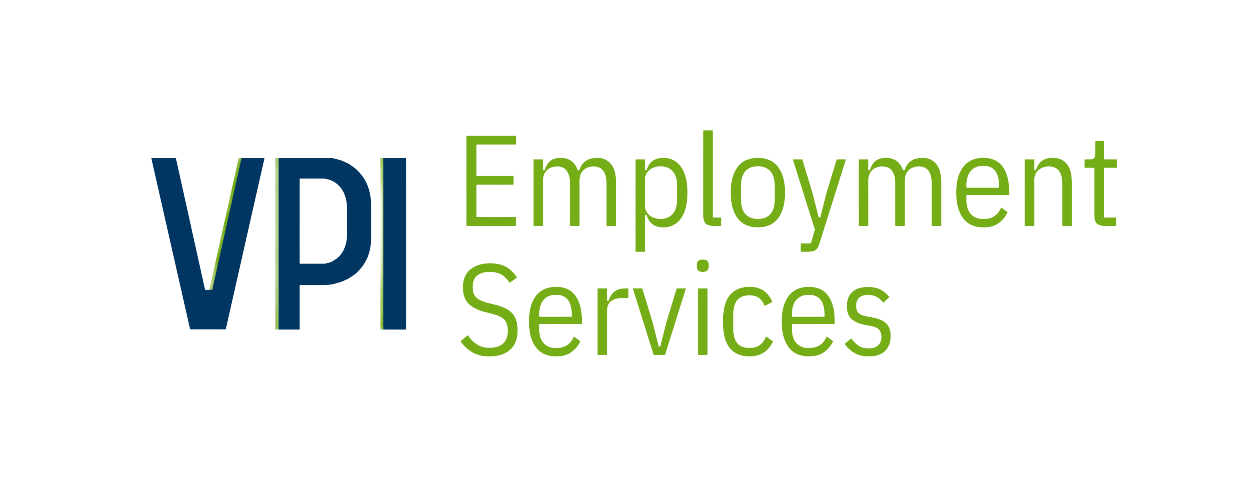Accepting feedback is a skill that everyone in the workforce should learn to do well. Humans are emotional by nature, and when our skills and abilities are criticized, we tend to get a bit defensive. But, there is always room for you to develop our skills and improve your abilities. Whether its feedback coming from your co-workers or your managers, it is important to learn how to accept and respond to feedback.
Negative Criticism in the Workplace
First let’s talk about criticism and feedback in the workplace. Have you ever experienced a situation where you received negative criticism? How did you feel? How did you react? Did you want to defend yourself?
Often when we hear something negative about our work or our abilities we are taken aback. It is okay to be emotional. It is also okay for your initial reaction to be defensive when someone gives you feedback that you do not like. But, instead of receiving negative criticism and feeling bad about it – let’s turn it into a positive.
Negative criticism should be viewed as a tool; a tool that you should use to your advantage. It is an opportunity for you to make a better version of yourself; giving you the chance to improve your skills and your abilities. Criticism allows you to reflect on your work and it highlights potential weaknesses. It shows you exactly what you need to work on so you can do better in the future.
Accepting Feedback
Acknowledge and Clarify
So you just received feedback in the workplace, what’s next? Was the feedback good or bad? If it was good – congratulations you’re doing an excellent job!
If it was bad – don’t worry.
When you first receive feedback (either good or bad) the first step is to acknowledge the feedback. Thank the person giving you feedback for taking the time out of their day to express their thoughts.
If the feedback was negative, the next thing you should do is ask for clarification and even examples. When it comes to negative feedback, it’s best to know every detail so you can analyze and improve later.
For example, if your co-worker said they didn’t like your presentation. Ask specifically what they didn’t like about it: was it the presentation slides, was it how you presented, was it your body language, was it boring? You need to learn these details for you to be better at future presentations. If you just say, “thanks for the feedback”, how are you going to know what to improve on?
Understanding the reasons for the feedback is important to your future growth and development.
Action Plan
After getting more information about your feedback. The next step is creating an action plan. Find and identify ways that will help you grow and become better at what you are being criticized on.
For example, if your co-worker made a negative comment on the presentation slides, you can start researching ways to improve your slides. In your research, you can lookup examples of professional presentation slides and templates, you can find guides on how to match different fonts and colors. You can dive deeper and find courses that can teach you how to create and design better presentation slides.
Once you have finished your research and have planned your course of action, you are ready to tackle the criticism that was given to you. By having an action plan, you have given yourself the opportunity to work on your weaknesses – lowering the chances of future criticism.
Understanding feedback and how to react to it is an essential skill in any workplace. When you learn how to utilize negative criticism as a tool for professional development, you are one step closer to becoming a better version of yourself.

